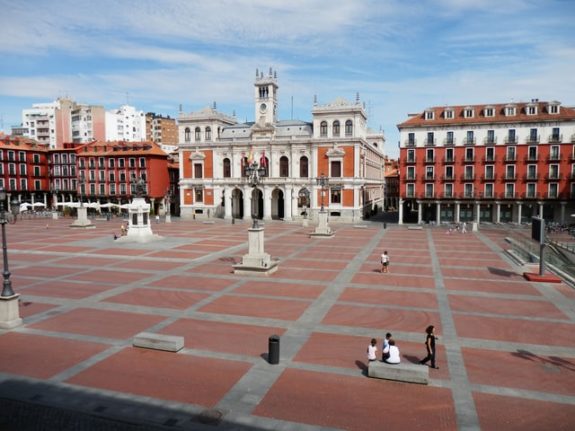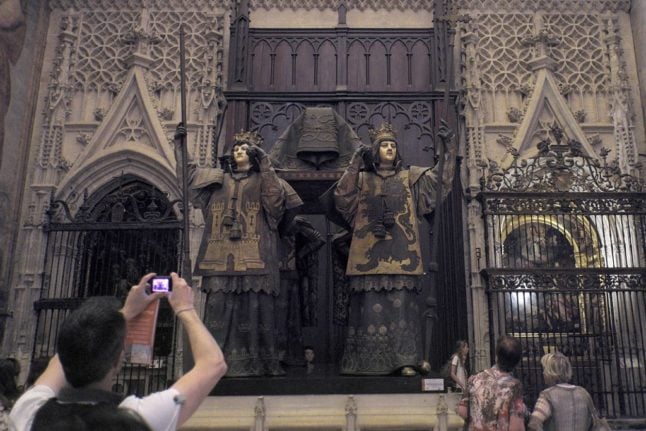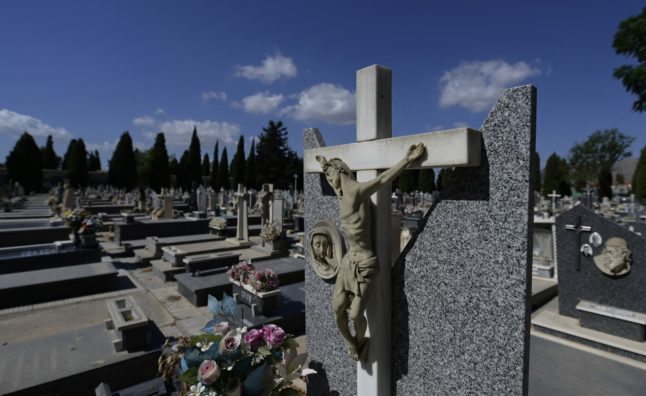It has long been known that Columbus was buried in Valladolid after his death there in 1506 but the exact location of his tomb was not known until now.
Three years later his remains were taken to his family mausoleum in the southern city of Seville, and were moved several more times over the following centuries before returning to Seville in 1898.
Using DNA samples from bone slivers taken from the Seville tomb, a forensics team led by the University of Granada confirmed in 2005 that the remains kept there did in fact belong to Columbus.
Researchers have now determined that he was first buried in the San Francisco convent in Valladolid which no longer exists, Spain’s Naval Museum, which helped coordinate the study, said in statement.
The site is currently a commercial zone near the spacious Plaza Mayor, a broad, pedestrianised expanse surrounded by arcaded buildings painted red.

This conclusion follows “a detailed historical investigation, confirmed by ground-penetrating radars,” the statement added.
Researchers took samples of elements from the Seville burial sport — lead, brick, golden threads — and found they matched with the location of the spot in Valladolid which was excavated, it added.
Historians and archeologists have since recreated in 3D the dimensions the chapel in Valladolid that housed the remains of Columbus.
In 1544 his remains were moved from Seville to Santo Domingo, which is the capital of the Dominican Republic, in accordance with the instructions he had left behind.

In 1795 his bones were moved to Havana before being shipped back across the Atlantic and returned to Seville in 1898.
The Dominican Republic claims Columbus is buried at an ornate lighthouse in Santo Domingo.
The teams behind the 2005 DNA study said that while they are convinced the bones in Seville are from Columbus, the tomb in Santo Domingo might also hold part of his remains.
Columbus, long hailed by school textbooks as the so-called discoverer of “The New World,” is considered by many to have spurred years of genocide against indigenous groups in the Americas.



 Please whitelist us to continue reading.
Please whitelist us to continue reading.
Member comments